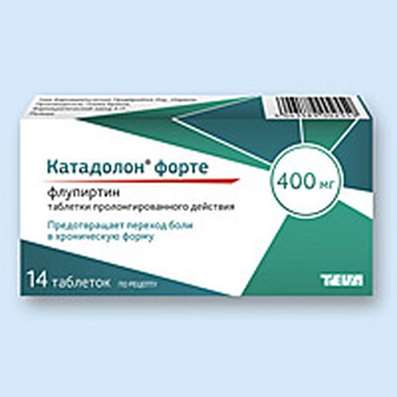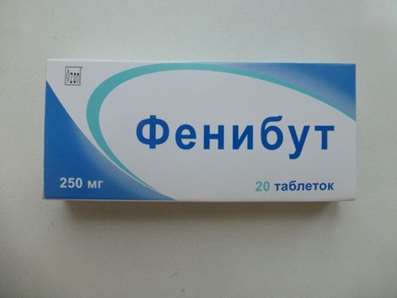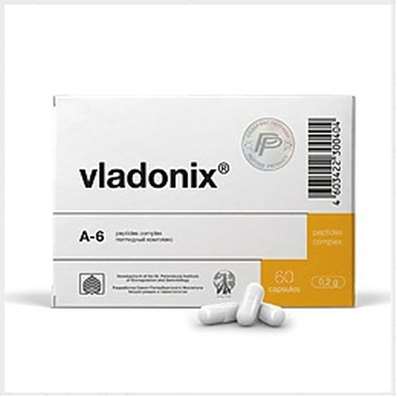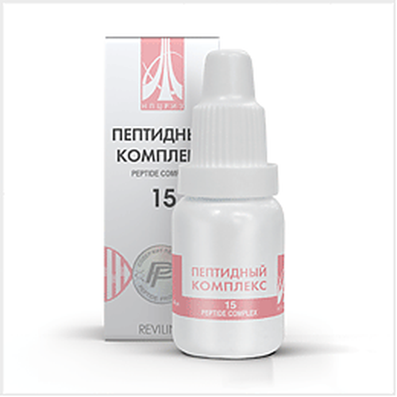Cycloferon at influenza H1N1. Symptoms and Treatment
13 Jan 2017
The virus H1N1 (aka swine flu) refers to influenza A viruses, and is the most common type of flu, causing major epidemics. The H1N1 virus is dangerous for both people and animals.
Symptoms of H1N1 flu
H1N1 Flu in presentation is very similar to the symptoms of any other influenza. The disease develops quickly, within a few hours after infection. Influenza H1N1 is a difference of a sharp rise in temperature to 39,5º-41 ° C and the presence of dyspeptic disorders: persistent nausea, repeated vomiting, and violation of the chair. An increase in temperature indicates that the virus has already penetrated into the body, spread on it, his immune system is noticed and immediately began an active struggle. As a result of this fight influenza viruses are killed, releasing toxins. These toxins poison the human body, causing symptoms of intoxication. Following the increase in temperature, there is a sharp headache, aching muscles, pain during movement of the eyeballs, and photophobia. Develops severe weakness.
The H1N1 influenza virus is insidious by the fact that multiplies with lightning speed and not every immunity can cope with such an attack himself. It is especially difficult to cope with such a viral infection the body of the child or a person with weakened immune systems.
How is the development of H1N1 flu
If the infection of the body temperature in a matter of hours strives to exceed 39ºC mark on the thermometer, and the signs of intoxication pronounced, it means that the influenza is severe.
Later, on the second day of the disease, joined by catarrhal symptoms of the flu: pharyngitis, rhinitis, tracheitis. There are dry and sore throat, dry, persistent cough, which causes chest pain (in the trachea). These symptoms suggest that the respiratory system is in the process of inflammation. In this lies the whole danger of the H1N1 flu. In cases there is bronchospasm. Full job easily broken and the infection attacks the diseased organ with even greater force, developing pneumonia (lung inflammation). Please pay attention to Honluten.
The more dangerous complications of influenza H1N1
Not so terrible flu itself, how terrible its consequences, they lead to disability and even death. Usually complications of influenza H1N1 have already manifested in the 2-3 day of illness.
The most severe complication of influenza H1N1 is a viral pneumonia, from which a person can die within 24 hours after it started. The second most dangerous complication - a bacterial pneumonia. It differs from viral pneumonia that is caused by bacteria that are actively begin to multiply in the body in a weakened immunity. Treatment of bacterial pneumonia is very long and hard. Deaths are less common, but often the sad consequences: people can remain disabled. No less serious complications of influenza are sinusitis, otitis, encephalitis and meningitis less.
Influenza H1N1: particular treatment
Influenza - a viral disease, and fight with him to antiviral agents (and not by antibiotics, they are powerless here!). In order to "catch" the flu at an early stage, the antiviral drug must be always at hand. The earlier immunity received reinforcements in the form of an antiviral agent, the more likely not to fall into the cycle of the epidemic influenza and move in an easy manner. As soon as you feel flu-like symptoms, immediately take the antiviral medication and call your doctor.
Which antiviral drug put in a first-aid kit?
During the epidemic, it is recommended to have in your home medicine cabinet generic antiviral drug that will help the entire family cope with the disease. Thus medicament is Cycloferon (tab.): It is suitable for the treatment of any type of influenza virus, including influenza virus H1N1. Cycloferon (pills) Is approved for use in adults and children 4 years of age.
Cycloferon (Tab) has a triple action treatment: anti-viral, anti-inflammatory and promotes antiviral immunity. Cycloferon (pills) Inhibits the multiplication of influenza virus, including the H1N1, already in the first hours of the disease. It reduces the period of illness and reduce the risk of complications.
No less important is the ability Cycloferon (tab.) To enhance antiviral immunity. As a result, it increases the body's resistance to viral and bacterial infections. This means that the risk of pneumonia and other complications is reduced. Due to the anti-inflammatory action Cycloferon (pi.) Ill easier to move complications (otitis, sinusitis) and to minimize their consequences. Efficacy studies Cycloferon showed that treatment Cycloferon (tab.) Patients with influenza, including influenza H1N1, reduces the intensity and duration of the temperature reaction, and in combination with symptomatic means 9 (!) Times reduces the incidence of complications such as pneumonia and bronchitis.
How to use Cycloferon (pi.) During an epidemic
Take Cycloferon (Tab) is very convenient - just 1 time per day on the scheme, which is specified in detail in the instructions. An adult is recommended to take 4 tablets once Cycloferon, children 1-3 pills, according to age.
If influenza is severe, after the application of antiviral drug should immediately call a doctor. Cycloferon (pi.) Is compatible with all drugs used in the treatment of influenza, including the H1N1 flu, and the treatment of complications (pneumonia, sinusitis and otitis) Cycloferon (pi.) Reduces the side effects of antibiotics.
H1N1 flu is very dangerous mass distribution, high contagious and consequences of serious complications. The flu, especially the H1N1 flu, prevention is better than cure. Prevention, in this case, is the best way to treat!

 Cart
Cart





